Natural Gas Prices Still Low As Summer Well Underway
Written by Catherine Elder
July 10, 2024
Maintenant c’est Juillet! C’est le mois de la Tour de France. C’est aussi un mois d’été et les prix de gas naturel est encore bas. (And if you think my old french didn’t need me to look up a couple of words then I have some very expensive natural gas forward contracts to sell you.)
The point is that it is now July and natural gas price is still priced at a number beginning with a 2, meaning they are still low -- below $3 at Henry Hub (national benchmark). Certainly, they have risen from the February/March low. But slowly. And probably more slowly than I expected. Gas in storage is one reason. Storage inventory captures the weekly delta between supply and demand. In March, inventory was about 15% higher than its highest of the last five years and 44% above its average. At 3,134 billion cubic feet on June 28, that inventory is now right at about the five-year high. In other words, we still have more supply than demand.
As injections slow, all else equal, prices should rise. (Ok that’s not totally true because as we inject more, storage field pressures rise and injections fall some naturally, but you get what I mean.)
The little problem is that “all else equal” part: something always changes. What else is going on as we begin the real depth of summer? It is very hot across most of the country and that should increase demand for electricity generation fueled by natural gas and reduce storage injections (though given we have over 3,000 Bcf in storage now I don’t think there’s any change we won’t be full by the time the gas winter starts on November 1). There have been some western pipeline outages, but they have been small relative to total regional capacity where we have alternatives to get around those outages. LNG exports are likely to be somewhat reduced given the hurricane forecast (Freeport sustained a nearly direct hit from Hurricane Beryl), but production will likely fall some, too, as crews are evacuated from production platforms. The 90-day temperature outlook for July-August-September suggests temperatures “leaning above” average across at least 90% of the U.S. and the best we know now for winter is an 85% chance of a La Niña.
All that said, it is time to start watching winter. The forward curve will nearly always show higher prices for winter than in summer. But if you watch spot prices, those forward prices almost never materialize, and instead follow their own path. In my opinion, the forwards are best used to show what it will cost you to lock in some portion of your purchase obligation at those prices. Measure it against the risk that spot prices will be higher or lower than that forward price and the consequences to your operation when deviations from spot and your budget occur.
With that, c’est l’hour a regardez le cyclism encore. Peut-être un francais sera gagne l’étape sur le Quatorze Juillet. Happy Summer.


